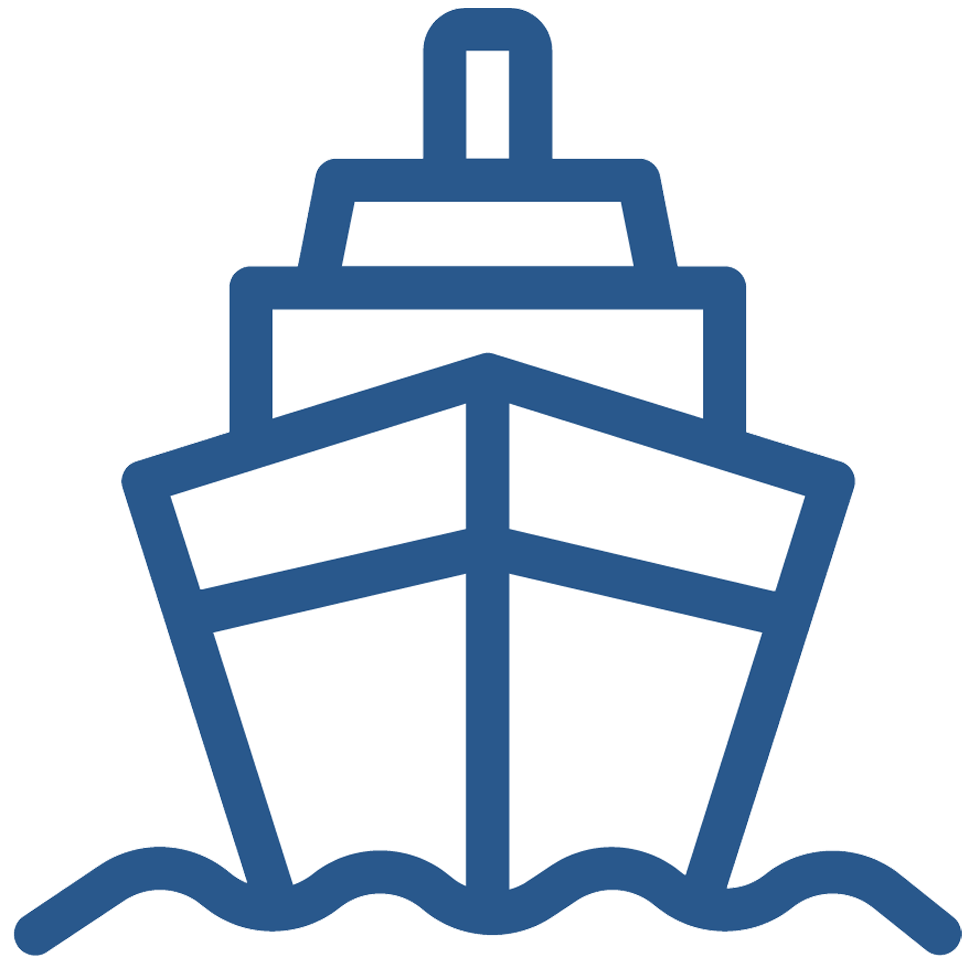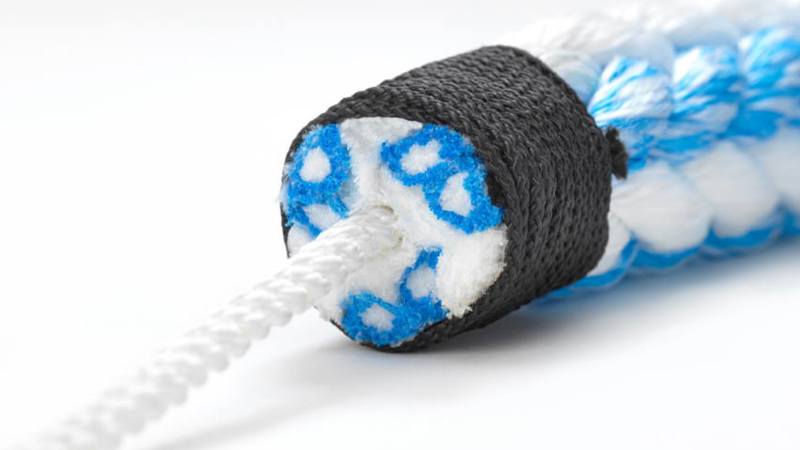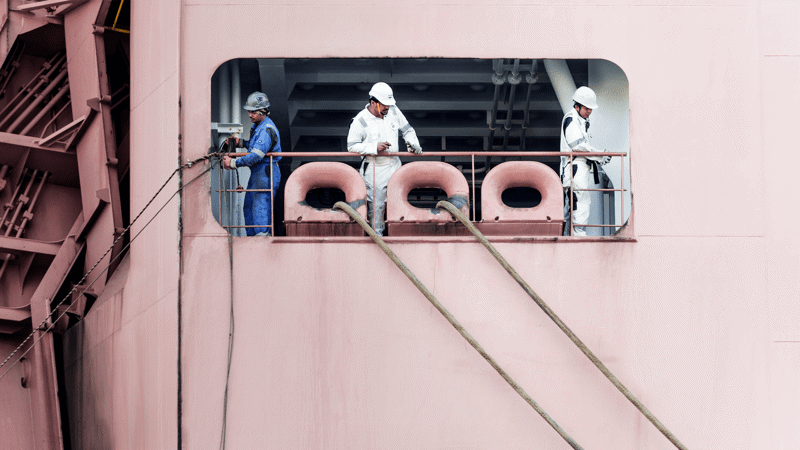Circular Rope Pilot Project
Minimize waste and bring mooring rope materials into value-added circular solutions
The scourge of plastic pollution
According to researchers*, 8,300 billion tons of virgin plastic have been produced since industrial-scale production started in the 1950s, with a total estimated emissions footprint of 860 million tons of carbon dioxide (CO2). Humanity is adding to that by producing close to 400 million more tons of plastic every year.
At the same time, at least 14 million tons of plastic ends up in our oceans each year, with plastic now making up 80% of all marine debris throughout the water column. Only around 9% of all the plastic ever made has been recycled, and to preserve the marine environment we need to do much more to prevent waste and promote circularity of plastic materials.
*(‘Production, use, and fate of all plastics ever made’ – R Geyer, JR and K Lavender Law, Science Advances, Vol 3 Issue 7)
Understanding the challenges
We are seeing a big potential on decreasing waste coming from the ropes industry
-

50 000 global merchant vessels
Estimated 1 500 kilos of plastic mooring ropes discarded every year
-

75 000 tons
Annual volume of plastic waste from mooring ropes
-

7%
Plastic litter collected in beach clean-ups are used ropes
Urgent need for scalable solutions
At Wilhelmsen Ships Service we have a motto – ‘Shaping the Maritime Industry’ – whereby through partnerships we want to find new applications for 10,000 tons of retired ropes every year. There is currently no ‘one fits all’ circularity solution. We need an array of workable solutions that can be scaled up. This will require new business models, ideally involving closer cooperation across the ropes value chain.
Digital tools like the Line Management Plan (LMP) by Wilhelmsen are a first step in the right direction, sharing data on ropes usage and helping to retire ropes at the right time – not too early and not too late. Sharing the data among crews, management companies and manufacturers will make it easier to optimize rope products, mooring equipment and crew handling practices, as well as to repair damaged products as we work collectively towards improving rope lifetime.
From impact study to concrete pilot
Wilhelmsen Ship Service teamed up with empower.eco to undertake a study to track the environmental impact of mooring ropes from raw materials usage and the production process, to rope handling onboard vessels and end of life.
Based on the results, we established the Circular Rope pilot project whose core purpose is to provide transparent and objective information to vessels and rope manufacturers that can be used to extend the lifetime of mooring ropes.
The Circular Rope project will be conducted together with 10 Wallenius Wilhelmsen vessels, two management companies, our internal mooring ropes team and the Timm Ropes by Wilhelmsen manufacturing plant in Slovakia. It will involve depositing retired mooring ropes in the port of Bremerhaven for onward transport to our factory for analysis. The resulting data will be shared with stakeholders and material from the ropes tested in new applications specifically avoiding any energy-intensive mechanical recycling processes.
Collaboration is key
For the project to succeed it is essential to nurture and grow collaborative partnerships both within shipping and across other industries.
Among other initiatives, we are participating in the GloLitter Partnerships project run by the UN Global Compact and International Maritime Organization (IMO), and we are active members of industry associations Eurocord and The Cordage Institute, which represent most of the rope industry, as well as the Marine Recycling Cluster in Norway.
We will continue to reach out to potential partners within and outside rope manufacturing in order to secure new life for the materials in our products.
Get in touch!
Please reach out to us if you are interested in contributing to or participating in the project. Together we can reshape the maritime industry for the future.
Send us an email
